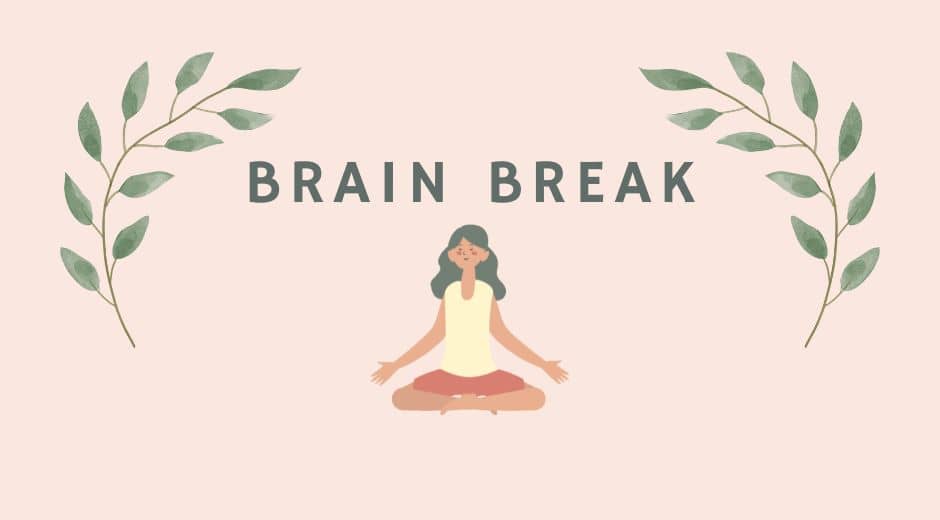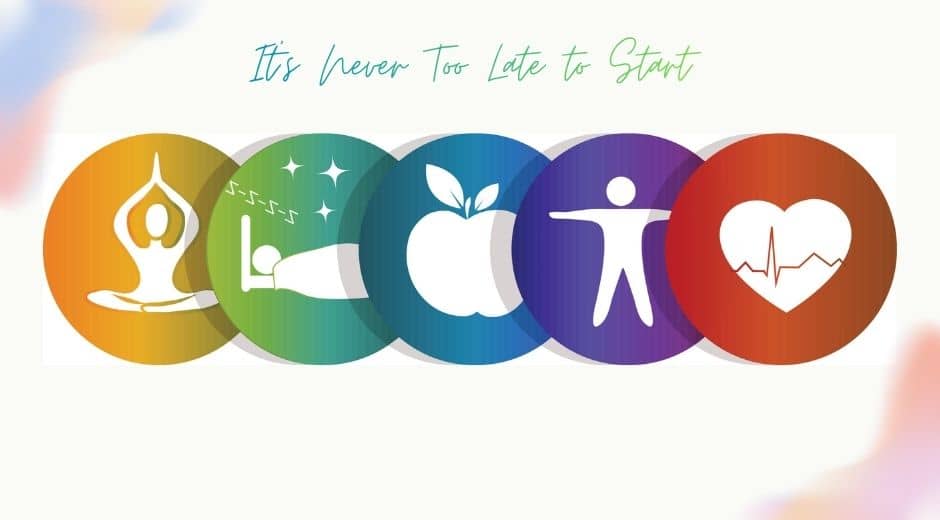Sleep Rhythm: Aligning Your Body Clock for Better Health
What Is Sleep Rhythm and Why It Matters
Sleep Rhythm refers to the natural pattern of sleep and wake that your body follows each day. This internal timing system guides when you feel alert and when you feel sleepy. It is shaped by a complex set of signals that include light exposure, meal timing, physical activity, and internal chemical signals in the brain. A stable sleep rhythm supports physical recovery, cognitive function, mood balance, immune health, and metabolic balance. When your sleep rhythm is disrupted you may feel groggy during the day, struggle to concentrate, or face persistent sleep problems that affect overall quality of life.
How Sleep Rhythm Works: The Science in Plain Language
Your brain contains a central time keeper that coordinates rhythms across the body. This system responds strongly to light cues from the environment. Morning light tells your brain to ramp up alert hormones. Dim evening light cues the release of melatonin, a hormone that supports sleep onset. In addition to light other daily patterns such as when you eat and when you exercise help tune your sleep rhythm. Over time the body learns to anticipate regular events and aligns internal processes accordingly. That alignment is what people mean when they talk about a healthy sleep rhythm.
Common Causes of Sleep Rhythm Disruption
Modern life introduces many challenges for a stable sleep rhythm. Shift work and irregular job hours are obvious causes. Travel across time zones creates temporary mismatch between internal time and local time. Late night screen use exposes the eyes to bright blue light which delays the natural sleep signal. Irregular meal timing and inconsistent exercise routines also confuse the body clock. Even stress and irregular social schedules can push the rhythm off course. Understanding the root cause helps create targeted strategies to restore balance.
Practical Steps to Restore and Strengthen Your Sleep Rhythm
Improving your sleep rhythm is a step by step process that focuses on consistent daily habits. Start with light exposure. Open curtains in the morning and step outside within the first hour after waking. Daylight exposure signals your brain to set the daily clock correctly. In the evening dim household lights and avoid bright screens for an hour or more before bedtime. If screens are unavoidable use settings that reduce blue light and lower screen brightness.
Next choose consistent times for sleep and wake even on extra free days. Regularity is one of the strongest cues for a stable rhythm. Pair sleep timing with supportive bedtime rituals such as light stretching reading a warm shower or gentle breathing to cue relaxation. Meal timing matters too. Aim to finish large meals at least a few hours before bedtime to avoid late night digestion that can disrupt sleep. Physical activity earlier in the day supports night time sleep but try to avoid intense exercise just before bed.
When you need more structured support consider tracking your sleep rhythm with a simple journal or a wearable tracker that measures sleep patterns. Tracking helps identify patterns such as frequent night waking or delayed sleep onset which you can then address with targeted changes. Small consistent adjustments often produce the biggest improvements over weeks rather than overnight fixes.
Sleep Rhythm and Mental Health
The link between sleep rhythm and mental health is strong. Poor sleep rhythm is associated with increased risk of mood instability anxiety and cognitive fog. Restorative sleep supports emotional resilience memory consolidation and problem solving. If your sleep rhythm is irregular you may notice worsening mood in the evening or early morning or a marked decline in motivation. Prioritizing a stable sleep rhythm is therefore an important part of a mental health plan. For many people improving rhythm enhances daytime energy and reduces symptoms of anxiety and low mood.
How to Tailor Sleep Rhythm Strategies to Your Lifestyle
Not every plan fits every lifestyle so personalization is key. Shift workers can use carefully timed light exposure and short naps to align sleep with work demands. Travelers can use timed light exposure and sleep timing to speed recovery from time zone change. New parents can use strategic naps and shared caregiving to preserve sleep for both partners. Students can employ consistent wake times and campus daylight exposure to avoid late night study patterns that undermine sleep rhythm. Whatever your schedule start with the small steps that fit your routine then build from there.
When to Seek Professional Help
If sleep rhythm changes do not improve after a few weeks despite consistent effort it may be time to consult a health professional. Persistent insomnia severe daytime sleepiness or irregular patterns that impair work or safety require evaluation. A sleep specialist can assess for underlying medical issues such as sleep apnea restless leg syndrome or circadian rhythm disorders. Behavioral therapies and targeted interventions can be prescribed to restore a healthy rhythm for people with persistent problems.
Tools and Resources to Learn More
For practical guides techniques and deeper explanation new readers can find a wide range of articles and resources online. Explore a trusted wellness hub that covers sleep science lifestyle guidance and practical plans at bodywellnessgroup.com to find step by step tips and long form guides. For professionals and community leaders looking for broader health content networking and best practices a business and community resource such as BusinessForumHub.com can be helpful for connecting wellness ideas with outreach programs.
Practical Weekly Plan to Improve Sleep Rhythm
Use a simple weekly plan to test changes. Week one focus on morning light exposure and fixed wake time. Week two add consistent bed time and a calming pre sleep routine. Week three focus on meal timing and daytime activity. Keep a short log of sleep onset wake times and overall sleep quality. After three weeks review the log and adjust timing by small increments if needed. Slow incremental change is often more sustainable and more effective than abrupt shifts.
Conclusion
Sleep Rhythm is a foundational element of overall wellness. By understanding what shapes the rhythm and applying simple consistent habits you can improve sleep quality daytime function and long term health. Start with exposure to natural light stable timing of sleep and wake supportive meal and exercise timing and patience as your body adapts. If problems persist consult a health professional for targeted care. Small steps today can create a resilient rhythm that supports better rest energy and mental clarity for years to come.















